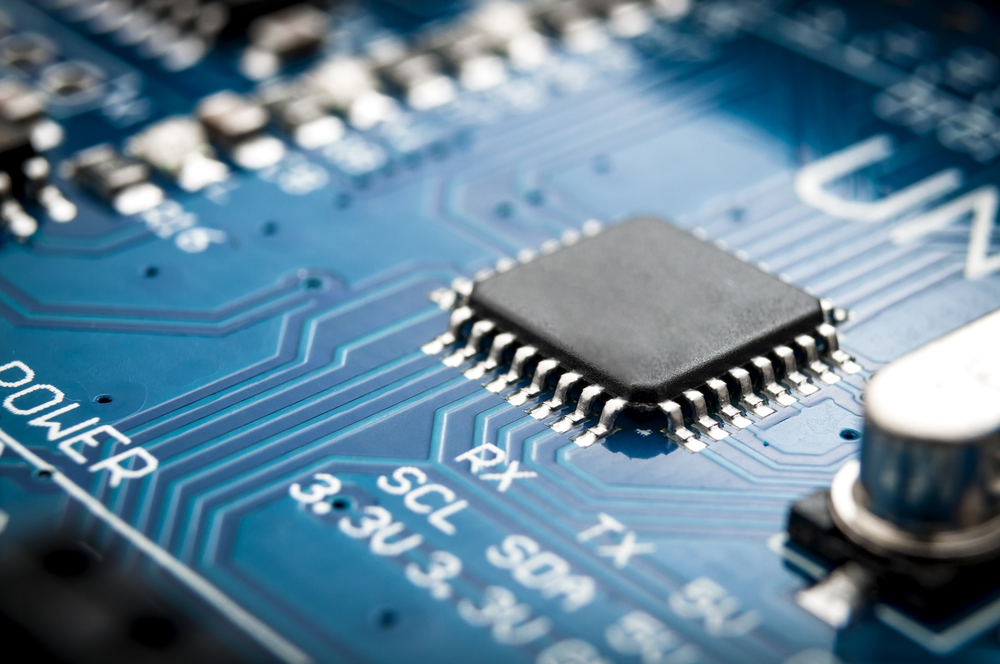It seems like everything is connected to the internet these days – and if something doesn’t have connectivity, there’s a good chance that someone, somewhere, is working on getting it connected.
In fact, the growth of the IoT has many people interested in creating connected devices, from novice hobbyists and “makers” working on simple designs in their home workshops to major corporations looking to create the next “big thing,” or at the very least, find a way to bring in some additional revenue. It’s actually surprisingly simple to create connected devices, but before you run off and try to find a way to control your toaster via an app, there are a few important things you should know.
1. You Don’t Need to Reinvent the Wheel
The proliferation of IoT devices has led to an entire industry devoted to creating IoT devices. In fact, in many cases, you don’t even need to know much (or even any) coding to develop a device. Thanks to complete kits that include the entire board and all the necessary modules to get you up and running, with a little bit of creativity and just a basic knowledge of coding, you can design any sort of connected device.
Granted, most of these kits are designed to create one-off products (like a personalized washing machine that can send an alert to your phone when the cycle is complete), but even designers working on a larger scale have several tools to choose from. Tools like integrated development environments, or the MHC (MPLAB Harmony Configurator), streamline the development process and take a lot of the guesswork out of configuring and coding IoT devices. No matter what you are trying to accomplish, there is no need to start from scratch or try to reinvent the wheel, because a lot of the more complex stuff is already done for you.
2. You Need to Consider Connectivity
Beyond configuring your device, one of your most important considerations should be how you plan to connect it to the internet, and if necessary, the cloud platform. Different devices use different communication infrastructures, and are used in a variety of environments, which have a big influence on how they connect. For example, most devices designed for use in the home environment have access to Wi-Fi or ZigBee routers, so choosing a connection that is compatible with those options is important. However, if your device won’t have regular access to Wi-Fi, you need to make sure it’s compatible with cellular networks, and that it only needs to transmit a limited amount of data to function to keep costs down.
Finally, depending on the purpose of your design, you need to consider the future. If you are designing a device to be used for several years, you need to plan to ensure ongoing connectivity. If you’re just tinkering and developing a device for personal use, then future-proofing is not quite as big a concern.
3. You May Need to Consider Security
Again, if you are only building a device for fun and your own personal use, security isn’t as much of a concern, especially if you’re using your home router that’s been hardened. However, if you are designing a commercial product, security and privacy protection are key concerns.
Not only do you have to physically secure the device to prevent against tampering and accessany data stored inside, but also secure data during transfer from sensors to gateways and the cloud – which should also be secured. Finally, you should also have a plan and mechanism in place for updating code and software as necessary, so that vulnerabilities do not go unaddressed and lead to data breaches.
4. You Need to Consider the Purpose of Your Device
Before you begin working on an IoT device, you need to think about what you want it to do – and why. Most products directed toward novices only allow for one or two simple functions, but you could conceivably build a smart home out of your existing products using these tools. On a larger scale, though, IoT devices are best when they solve an actual problem or improve a device in some way. There’s a certain “cool” factor in being able to control your appliances remotely, but unless those functions have a useful purpose, they aren’t going to catch on. So as you think about building a device, ask yourself why you are doing it, and what is the best way to accomplish your goal.
The IoT is undoubtedly the most disruptive trend in technology, and new ideas and innovations are in high demand. So whether you are just fooling around for fun, or working on something new for work, time spent on IoT applications and devices is time well spent.
If you liked this article, follow us on Twitter @themerklenews and make sure to subscribe to our newsletter to receive the latest bitcoin, cryptocurrency, and technology news.

